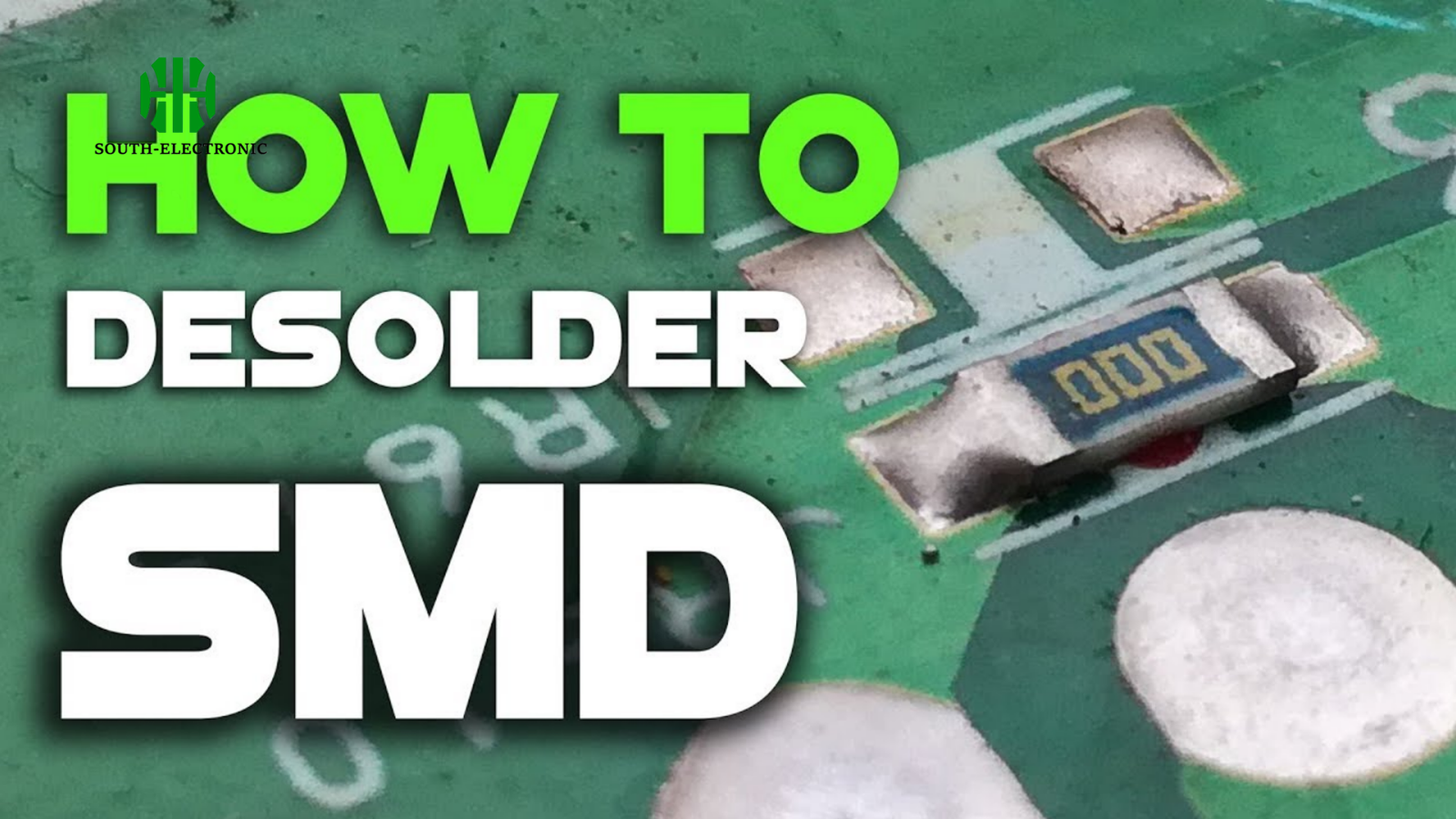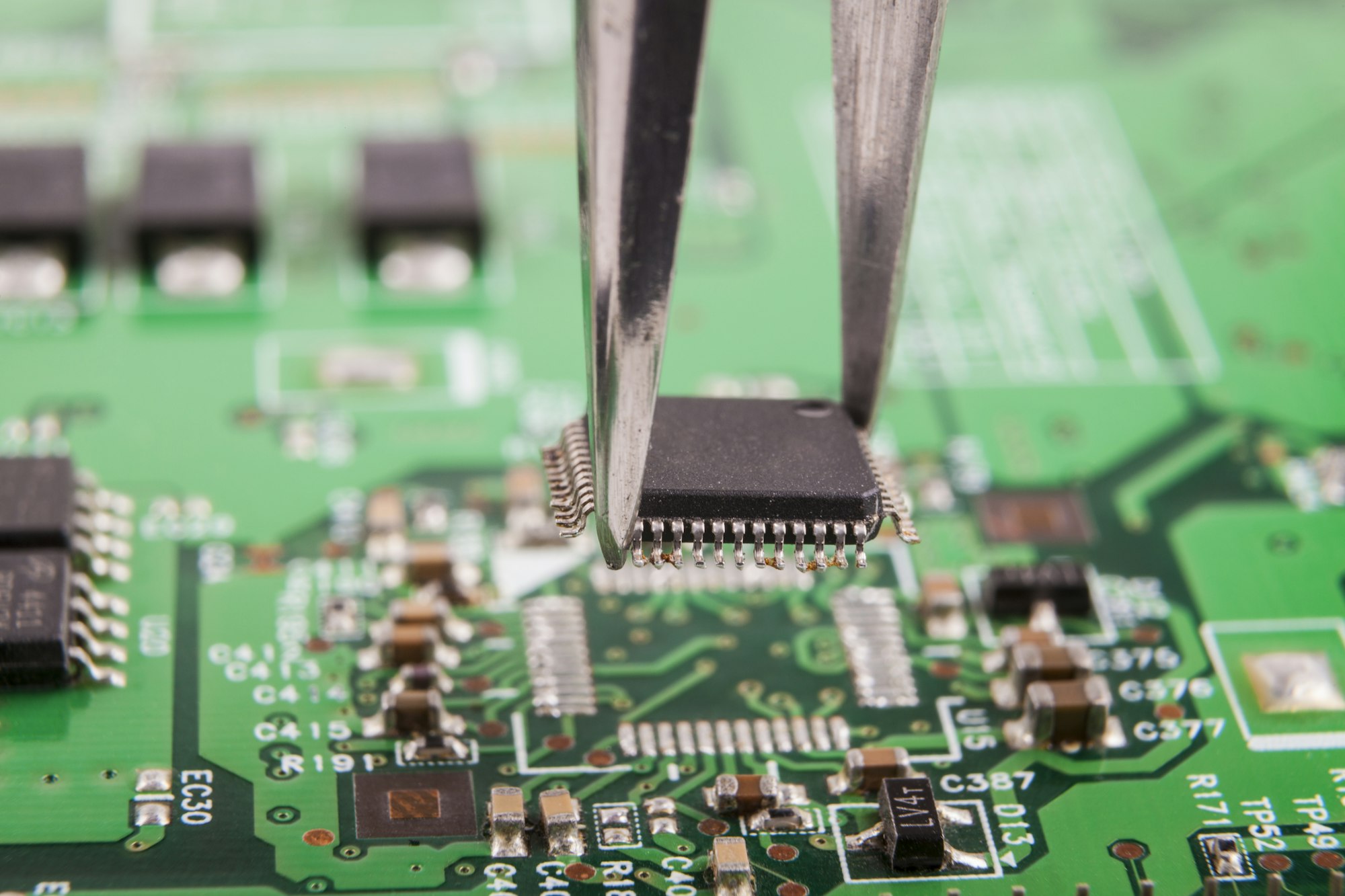Struggling to remove tiny SMD components? Damaged boards and frustration plague DIY electronics work. My early attempts ended in cracked circuits and melted plastic nightmares. Stop risking your projects with trial-and-error approaches immediately.
Desolder SMD components by heating solder joints evenly with proper tools—like a soldering iron, hot air station, or desoldering braid—while using flux and preheating to avoid board damage. Choose your method based on component size and available equipment for safe removal.
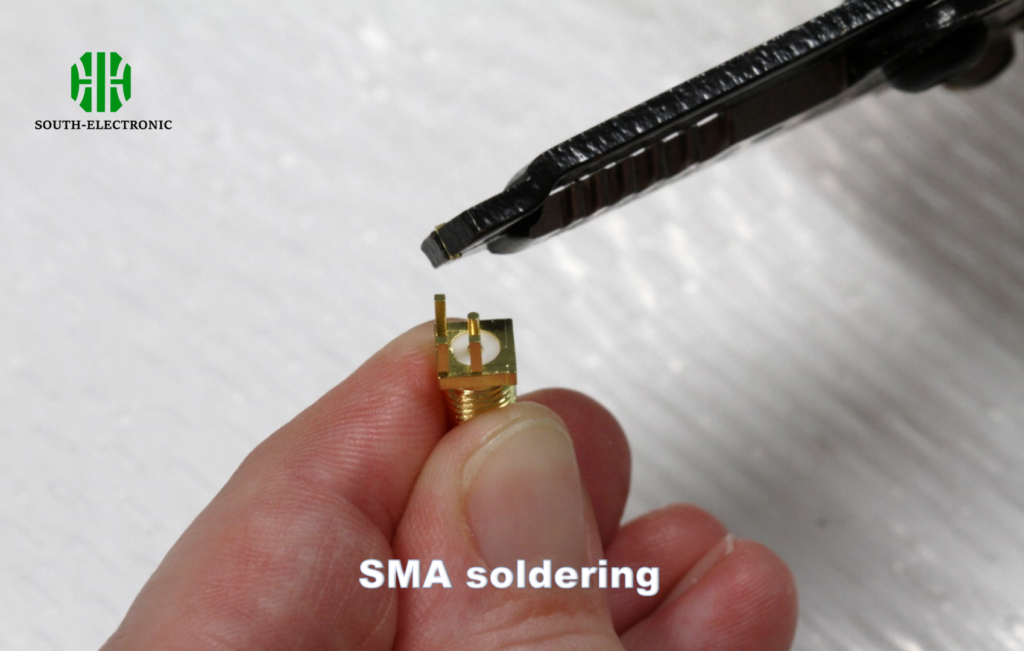
Desoldering SMD parts seems complex but breaks down into manageable steps. I’ll guide you through selecting tools, and advanced techniques, and simplifying the process. These practical methods transformed my repair work from chaotic to controlled.
What’s the best desoldering tool for your specific job?
Frustrated by ineffective tools causing delays or damage? I once ruined a motherboard using wrong equipment. Match your tool to the job and regain control in minutes.
Optimal desoldering tools include a hot air station for multi-pin ICs, desoldering braid for small components, and tweezers or suction tools for immediate removal after heating. Your choice depends entirely on component size and accessibility.
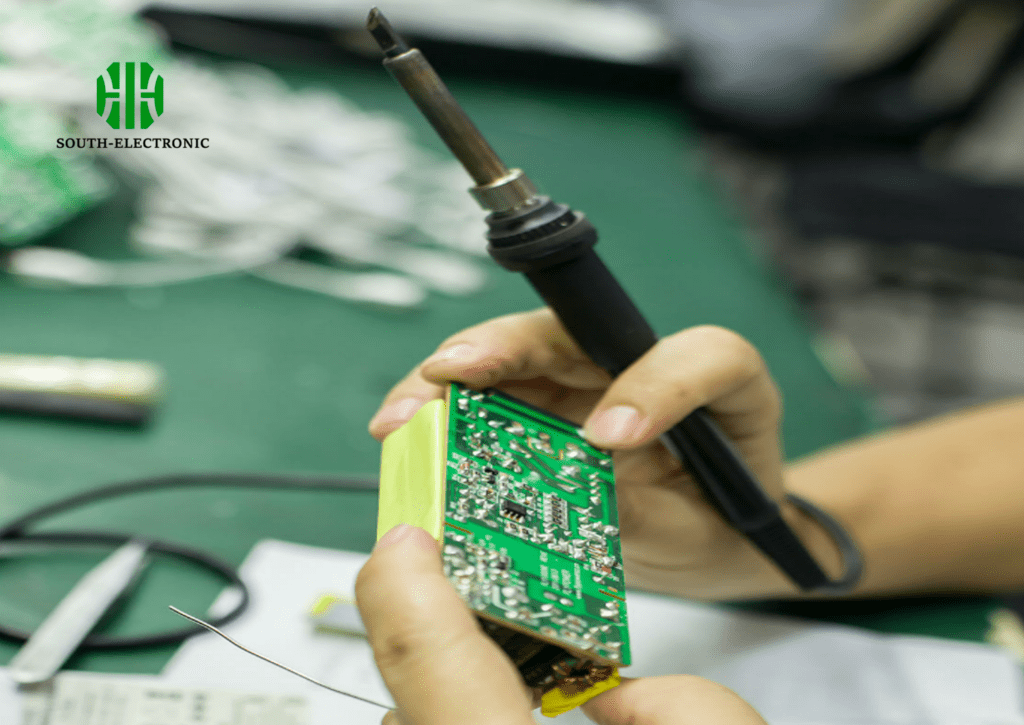
Critical Tool Selection Factors
Selecting tools requires analyzing three key aspects:
| Factor | Hot Air Station | Desoldering Braid | Soldering Iron |
|---|---|---|---|
| Best For | Multi-pin ICs/connectors | Small resistors/caps | Single joint repairs |
| Temperature | 300-400°C (adjustable) | N/A (requires iron) | Fixed tip setting |
| Skill Level | Intermediate | Beginner-friendly | Beginner-friendly |
| Cost | $$$ | $ | $$ |
For multi-leg components, hot air works best—my gaming controller repair succeeded with it. Desoldering braid suits budget setups for capacitors or resistors under $5. Soldering irons with fine tips tackle loose joints but risk overheating small parts. Heat control matters most: hot air demands precise airflow direction to avoid scorching nearby circuits.
How to remove a multi-pin IC or connector using pro techniques?
Multi-pin components seem impossible without lifting pads. I learned this fixing an audio interface. Uneven heating caused permanent circuit damage that week.
Remove multi-pin ICs by preheating the board to 100°C, applying flux around pins, then heating with 350°C hot air in circular motions. Gently lift the IC with tweezers once solder flows freely across all joints.
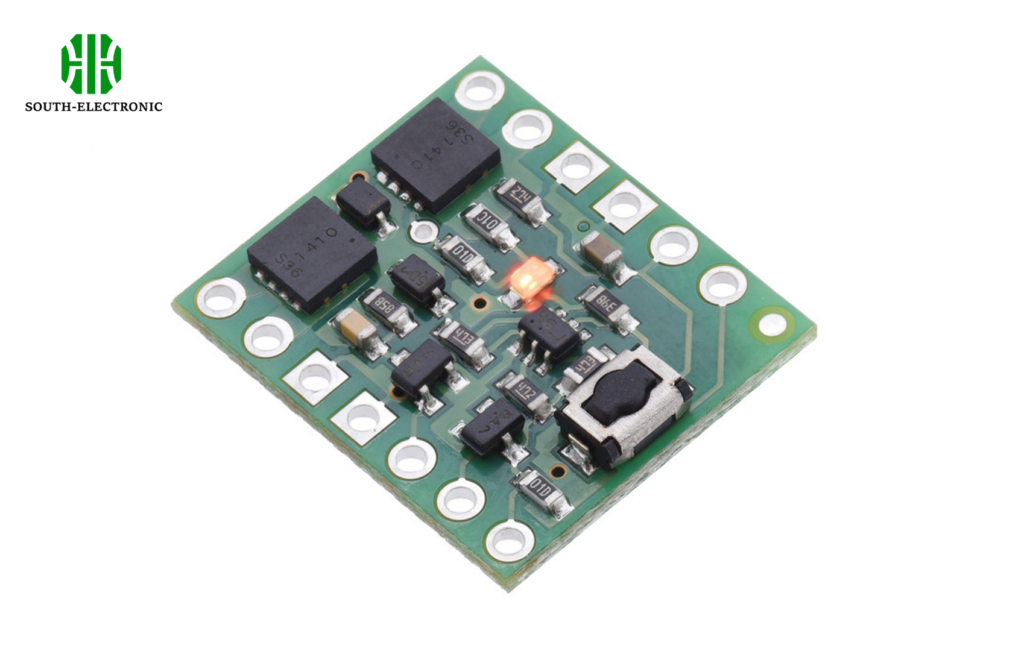
Step-by-Step Pro Removal
Achieve reliable results with these advanced steps:
| Step | Action | Tips |
|---|---|---|
| Preparation | Clean area + apply flux paste | Flux reduces solder surface tension |
| Preheating | Heat entire board steadily (2-3 minutes) | Use lower temp to prevent warping |
| Targeted Heating | Circle hot air nozzle over IC (5-8mm gap) | Keep moving to avoid hotspots |
| Removal | Lift gently with angled tweezers | Nudge sideways if resistance occurs |
| Cleanup | Use braid to clear leftover solder | Reflux stubborn joints first |
I use preheating religiously now after warping a Raspberry Pi board. Heating connectors requires 20-40 seconds per side—check solder melt visually before pulling. If solder hardens mid-process, stop and reapply flux instead of forcing components. These steps prevent 90% of my previous errors.
What are easy desoldering steps for beginners with minimal tools and cost?
Expensive gear shouldn’t block your progress. My first working desolder used just $10 of supplies on a keyboard LED.
Begin desoldering SMDs with basic tools: a soldering iron, copper braid, and flux. Heat the joint, press braid over it to absorb melted solder, and lift the component. Practice on scrap electronics first to build confidence.

Affordable Beginner Method
| Stage | Key Actions | Pitfalls to Avoid |
|---|---|---|
| Tool Prep | Use 25-30W iron + 2mm braid | Fat braid absorbs slowly |
| Heating | Touch joint 2-3 seconds until shiny | Overheating lifts PCB traces |
| Absorption | Press braid on joint with iron tip atop | Moving too soon creates cold joints |
| Removal | Slide components sideways after melting | Pulling vertically damages pads |
I keep scrap boards for practice—removing capacitors teaches heat timing. Double-layer braid holds more solder for connectors. Trouble? Add flux and wait 10 seconds before retrying. Workspaces need ventilation: solder fumes hurt during my 3-hour laptop fix. Budget tools manage 80% of household repairs.
Conclusion
Desoldering SMD components requires matching tools to the task, preheating boards, and applying steady heat safely. With practice and flux, it’s manageable at any experience level.

